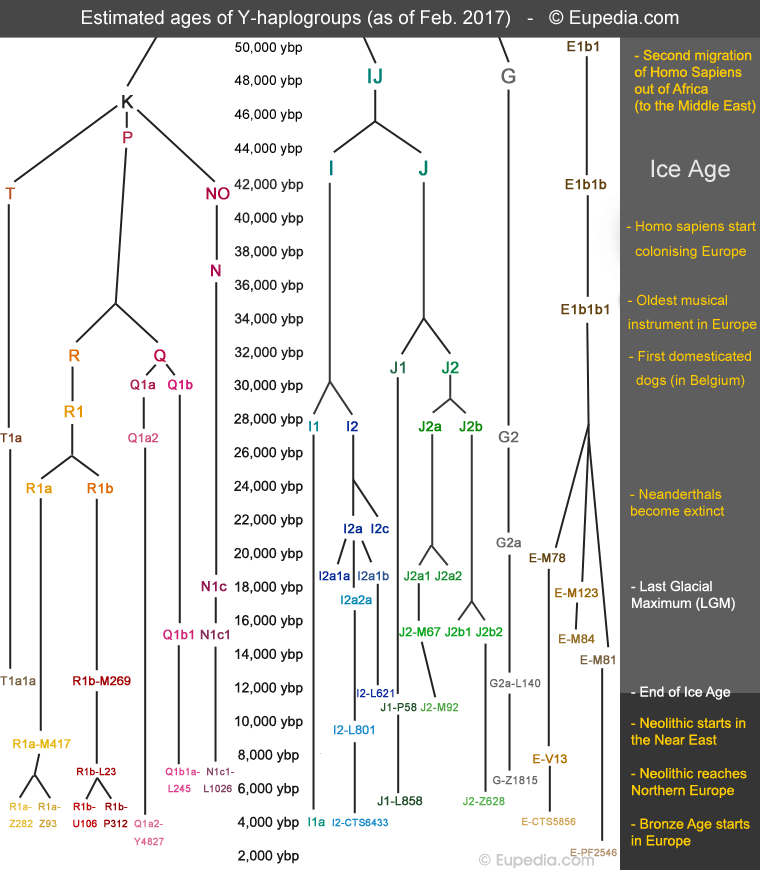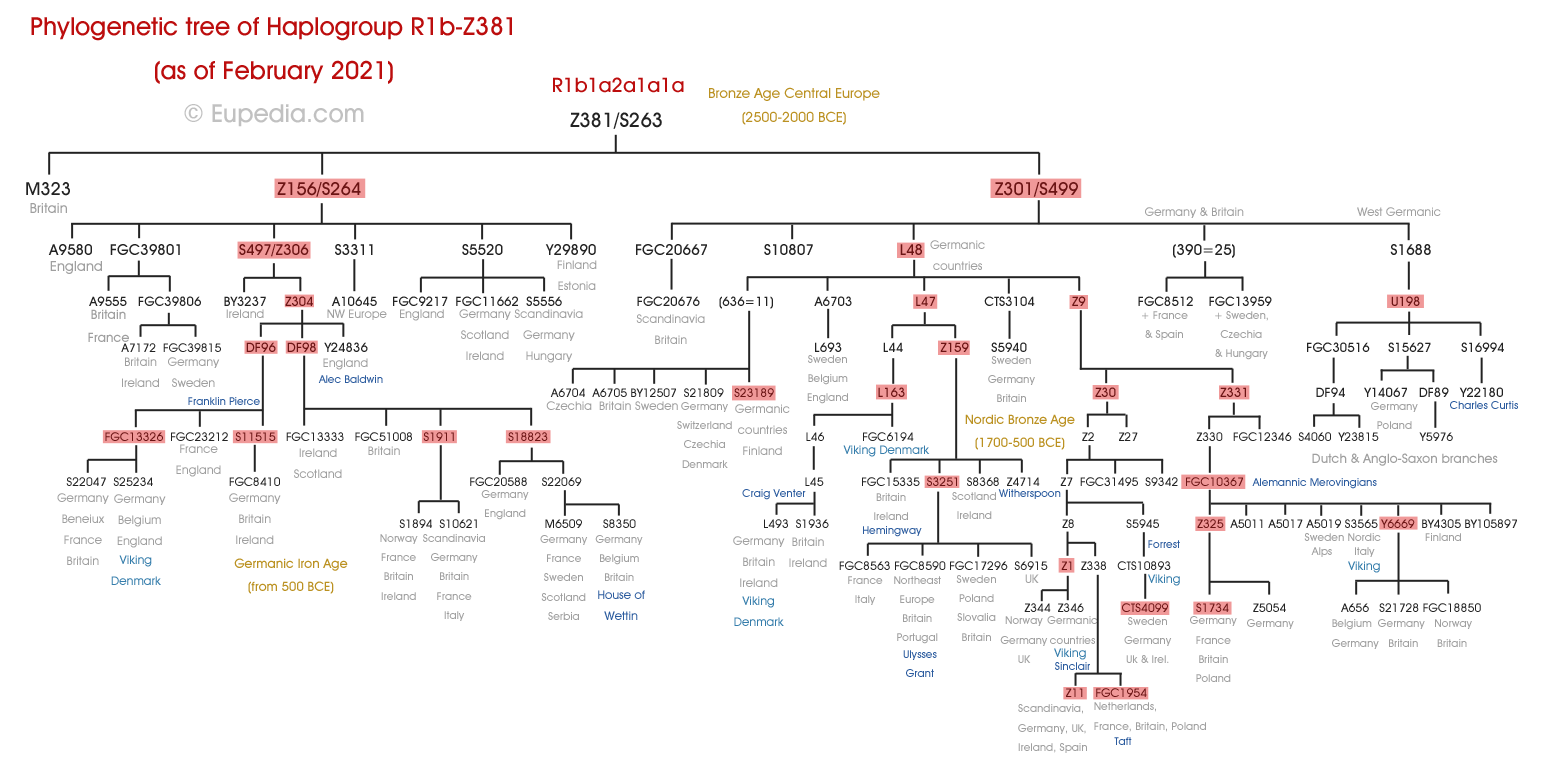See:
Nagy Szecsenyi-Nagy et al:
http://biorxiv.org/content/early/2017/02/10/106963
"Agriculture first reached the Iberian Peninsula around 5700 BCE. However, little is known about the genetic structure and changes of prehistoric populations in different geographic areas of Iberia. In our study, we focused on the maternal genetic make-up of the Neolithic (~ 5500-3000 BCE), Chalcolithic (~ 3000-2200 BCE) and Early Bronze Age (~ 2200-1500 BCE). We report ancient mitochondrial DNA results of 213 individuals (151 HVS-I sequences) from the northeast, middle Ebro Valley, central, southeast and southwest regions and thus on the largest archaeogenetic dataset from the Peninsula to date. Similar to other parts of Europe, we observe a discontinuity between hunter-gatherers and the first farmers of the Neolithic, however the genetic contribution of hunter-gatherers is generally higher and varies regionally, being most pronounced in the inland middle Ebro Valley and in southwest Iberia. During the subsequent periods, we detect regional continuity of Early Neolithic lineages across Iberia, parallel to an increase of hunter-gatherer genetic ancestry. In contrast to ancient DNA findings from Central Europe, we do not observe a major turnover in the mtDNA record of the Iberian Late Chalcolithic and Early Bronze Age, suggesting that the population history of the Iberian Peninsula is distinct in character."
Haak, Krause, and Brandt are listed as authors. I would think they know the general results that are in the pipeline about Bell-Beakers, so I wonder if this is a hint that the original Bell-Beakers were a local, non-steppe associated development? That wouldn't at all surprise me.
The mesolithic results in the paper are from old papers and are, imo, questionable given they didn't know as much about contamination and couldn't take the proper precautions.
Nagy Szecsenyi-Nagy et al:
http://biorxiv.org/content/early/2017/02/10/106963
"Agriculture first reached the Iberian Peninsula around 5700 BCE. However, little is known about the genetic structure and changes of prehistoric populations in different geographic areas of Iberia. In our study, we focused on the maternal genetic make-up of the Neolithic (~ 5500-3000 BCE), Chalcolithic (~ 3000-2200 BCE) and Early Bronze Age (~ 2200-1500 BCE). We report ancient mitochondrial DNA results of 213 individuals (151 HVS-I sequences) from the northeast, middle Ebro Valley, central, southeast and southwest regions and thus on the largest archaeogenetic dataset from the Peninsula to date. Similar to other parts of Europe, we observe a discontinuity between hunter-gatherers and the first farmers of the Neolithic, however the genetic contribution of hunter-gatherers is generally higher and varies regionally, being most pronounced in the inland middle Ebro Valley and in southwest Iberia. During the subsequent periods, we detect regional continuity of Early Neolithic lineages across Iberia, parallel to an increase of hunter-gatherer genetic ancestry. In contrast to ancient DNA findings from Central Europe, we do not observe a major turnover in the mtDNA record of the Iberian Late Chalcolithic and Early Bronze Age, suggesting that the population history of the Iberian Peninsula is distinct in character."
Haak, Krause, and Brandt are listed as authors. I would think they know the general results that are in the pipeline about Bell-Beakers, so I wonder if this is a hint that the original Bell-Beakers were a local, non-steppe associated development? That wouldn't at all surprise me.
The mesolithic results in the paper are from old papers and are, imo, questionable given they didn't know as much about contamination and couldn't take the proper precautions.











